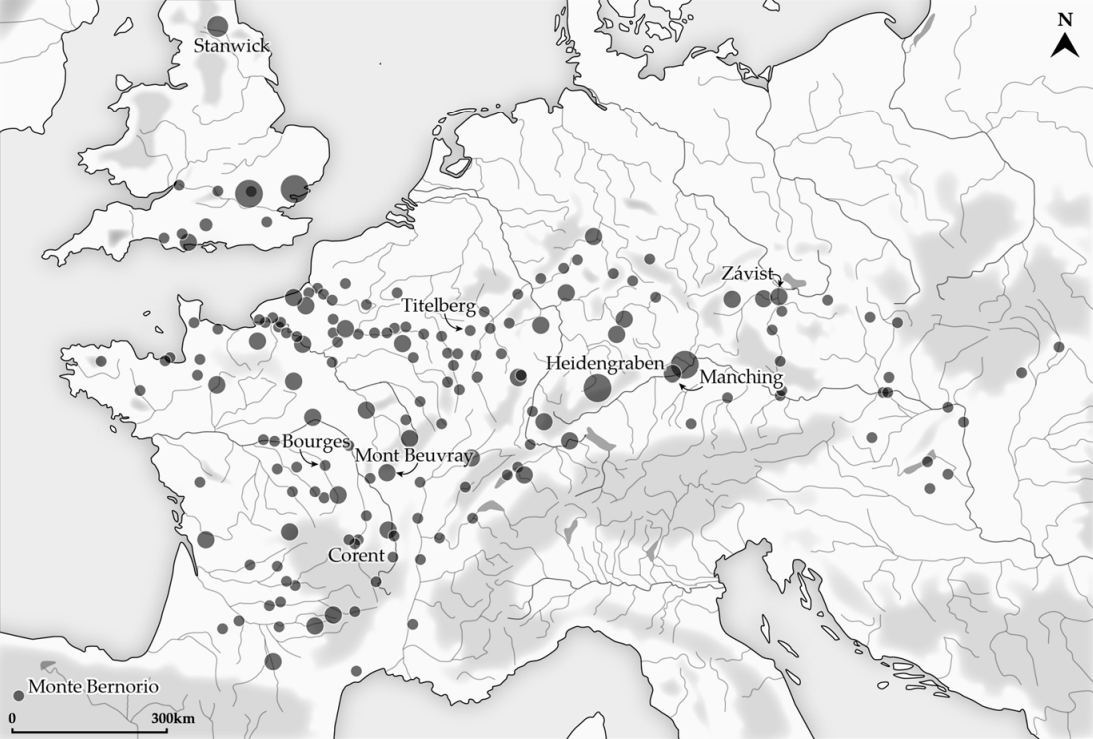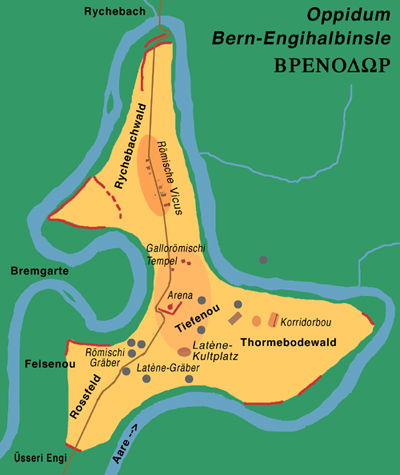|
History Of Bern
The city of Bern is one of the Zähringer foundations of the late 12th century (traditional date 1191). By the end of the 13th century, it had acquired ''de facto'' imperial immediacy. It became a full member of the Old Swiss Confederacy in 1353, and during the 15th century managed to significantly expand its sphere of influence, notably with the conquest of Aargau in 1415. With the acquisition of Vaud in 1536, Bern became the most powerful city-republic north of the Alps, and one of the leading Protestant cities in early modern Switzerland. The canton of Bern in the Restored Confederacy of 1815 even after the loss of Aargau and Vaud remained the largest Swiss canton, relegated to second rank only with the secession of Jura in 1979. Since 1848 Bern has served as the federal city (capital) of Switzerland. Name The etymology of the name ''Bern'' is uncertain. Local legend has it that Berchtold V, Duke of Zähringen, the founder of the City of Bern, vowed to name the city aft ... [...More Info...] [...Related Items...] OR: [Wikipedia] [Google] [Baidu] |
Bern In Der Kapitale Der Spiezer Chronik
Bern (), or Berne (), ; ; ; . is the ''de facto'' Capital city, capital of Switzerland, referred to as the "federal city".; ; ; . According to the Swiss constitution, the Swiss Confederation intentionally has no "capital", but Bern has governmental institutions such as the Federal Assembly (Switzerland), Federal Assembly and Federal Council (Switzerland), Federal Council. However, the Federal Supreme Court of Switzerland, Federal Supreme Court is in Lausanne, the Federal Criminal Court of Switzerland, Federal Criminal Court is in Bellinzona and the Federal Administrative Court (Switzerland), Federal Administrative Court and the Federal Patent Court (Switzerland), Federal Patent Court are in St. Gallen, exemplifying the federal nature of the Confederation. With a population of about 146,000 (), Bern is the List of cities in Switzerland, fifth-most populous city in Switzerland, behind Zürich, Geneva, Basel and Lausanne. The Bern agglomeration, which includes 36 municipalities ... [...More Info...] [...Related Items...] OR: [Wikipedia] [Google] [Baidu] |
Middle High German
Middle High German (MHG; or ; , shortened as ''Mhdt.'' or ''Mhd.'') is the term for the form of High German, High German language, German spoken in the High Middle Ages. It is conventionally dated between 1050 and 1350, developing from Old High German (OHG) into Early New High German (ENHG). High German is defined as those varieties of German which were affected by the High German consonant shift, Second Sound Shift; the Middle Low German (MLG) and Middle Dutch languages spoken to the North and North West, which did not participate in this sound change, are not part of MHG. While there is no ''standard'' MHG, the prestige of the Hohenstaufen court gave rise in the late 12th century to a supra-regional literary language () based on Swabian dialect, Swabian, an Alemannic German, Alemannic dialect. This historical interpretation is complicated by the tendency of modern editions of MHG texts to use ''normalised'' spellings based on this variety (usually called "Classical MHG"), which ... [...More Info...] [...Related Items...] OR: [Wikipedia] [Google] [Baidu] |
Julius Caesar
Gaius Julius Caesar (12 or 13 July 100 BC – 15 March 44 BC) was a Roman general and statesman. A member of the First Triumvirate, Caesar led the Roman armies in the Gallic Wars before defeating his political rival Pompey in Caesar's civil war, a civil war. He subsequently became Roman dictator, dictator from 49 BC until Assassination of Julius Caesar, his assassination in 44 BC. Caesar played a critical role in Crisis of the Roman Republic, the events that led to the demise of the Roman Republic and the rise of the Roman Empire. In 60 BC, Caesar, Marcus Licinius Crassus, Crassus, and Pompey formed the First Triumvirate, an informal political alliance that dominated Roman politics for several years. Their attempts to amass political power were opposed by many in the Roman Senate, Senate, among them Cato the Younger with the private support of Cicero. Caesar rose to become one of the most powerful politicians in the Roman Republic through a string of military victories in the G ... [...More Info...] [...Related Items...] OR: [Wikipedia] [Google] [Baidu] |
Helvetii
The Helvetii (, , Gaulish: *''Heluētī''), anglicized as Helvetians, were a Celtic tribe or tribal confederation occupying most of the Swiss plateau at the time of their contact with the Roman Republic in the 1st century BC. According to Julius Caesar, the Helvetians were divided into four subgroups or '' pagi.'' Of these, Caesar names only the Verbigeni and the Tigurini, while Posidonius mentions the Tigurini and the Tougeni (). They feature prominently in the '' Commentaries on the Gallic War,'' with their failed migration attempt to southwestern Gaul (58 BC) serving as a catalyst for Caesar's conquest of Gaul. The Helvetians were subjugated after 52 BC, and under Augustus, Celtic oppida, such as Vindonissa or Basilea, were re-purposed as garrisons. In AD 68, a Helvetian uprising was crushed by Aulus Caecina Alienus. The Swiss plateau was at first incorporated into the Roman province of Gallia Belgica (22 BC), later into Germania Superior (AD 83). The Helvetians ... [...More Info...] [...Related Items...] OR: [Wikipedia] [Google] [Baidu] |
Oppidum
An ''oppidum'' (: ''oppida'') is a large fortified Iron Age Europe, Iron Age settlement or town. ''Oppida'' are primarily associated with the Celts, Celtic late La Tène culture, emerging during the 2nd and 1st centuries BC, spread across Europe, stretching from British Iron Age, Britain and Iberia in the west to the edge of the Great Hungarian Plain, Hungarian Plain in the east. These settlements continued to be used until the Romans conquered Southern and Western Europe. Many subsequently became Roman-era towns and cities, whilst others were abandoned. In regions north of the rivers Danube and Rhine, such as most of Germania, where the populations remained independent from Rome, ''oppida'' continued to be used into the 1st century AD. Definition is a Latin word meaning 'defended (fortified) administrative centre or town', originally used in reference to non-Roman towns as well as provincial towns under Roman control. The word is derived from the earlier Latin , 'encl ... [...More Info...] [...Related Items...] OR: [Wikipedia] [Google] [Baidu] |
La Tène Culture
The La Tène culture (; ) was a Iron Age Europe, European Iron Age culture. It developed and flourished during the late Iron Age (from about 450 BC to the Roman Republic, Roman conquest in the 1st century BC), succeeding the early Iron Age Hallstatt culture without any definite cultural break, under considerable Mediterranean influence from the Greeks in pre-Roman Gaul, the Etruscan civilization, Etruscans, and the Culture of Golasecca, Golasecca culture, but whose artistic style nevertheless did not depend on those Mediterranean influences. La Tène culture's territorial extent corresponded to what is now Prehistory of France#The Iron Age, France, History of Belgium#Celtic and Roman periods, Belgium, Early history of Switzerland#Iron Age, Switzerland, History of Austria#Iron Age, Austria, History of England#Later Prehistory, England, History of Germany#Iron Age, Southern Germany, the History of the Czech lands#Iron Age, Czech Republic, Prehistoric Italy#Iron Age, Northern ... [...More Info...] [...Related Items...] OR: [Wikipedia] [Google] [Baidu] |
Neolithic
The Neolithic or New Stone Age (from Ancient Greek, Greek 'new' and 'stone') is an archaeological period, the final division of the Stone Age in Mesopotamia, Asia, Europe and Africa (c. 10,000 BCE to c. 2,000 BCE). It saw the Neolithic Revolution, a wide-ranging set of developments that appear to have arisen independently in several parts of the world. This "Neolithic package" included the History of agriculture, introduction of farming, domestication of animals, and change from a hunter-gatherer lifestyle to one of sedentism, settlement. The term 'Neolithic' was coined by John Lubbock, 1st Baron Avebury, Sir John Lubbock in 1865 as a refinement of the three-age system. The Neolithic began about 12,000 years ago, when farming appeared in the Epipalaeolithic Near East and Mesopotamia, and later in other parts of the world. It lasted in the Near East until the transitional period of the Chalcolithic (Copper Age) from about 6,500 years ago (4500 BCE), marked by the development ... [...More Info...] [...Related Items...] OR: [Wikipedia] [Google] [Baidu] |
Brenodor
The city of Bern is one of the Zähringer foundations of the late 12th century (traditional date 1191). By the end of the 13th century, it had acquired ''de facto'' imperial immediacy. It became a full member of the Old Swiss Confederacy in 1353, and during the 15th century managed to significantly expand its sphere of influence, notably with the conquest of Aargau in 1415. With the acquisition of Vaud in 1536, Bern became the most powerful city-republic north of the Alps, and one of the leading Protestant cities in early modern Switzerland. The canton of Bern in the Restored Confederacy of 1815 even after the loss of Aargau and Vaud remained the largest Swiss canton, relegated to second rank only with the secession of Jura in 1979. Since 1848 Bern has served as the federal city (capital) of Switzerland. Name The etymology of the name ''Bern'' is uncertain. Local legend has it that Berchtold V, Duke of Zähringen, the founder of the City of Bern, vowed to name the city aft ... [...More Info...] [...Related Items...] OR: [Wikipedia] [Google] [Baidu] |
Bernese March
The Bernese March (German Berner Marsch; French La Marche de Berne) is the traditional anthem of the Swiss Canton of Bern and is played at official occasions. The march is of uncertain date; originally sung by Bernese mercenaries, it was adopted as the anthem of the Bernese Republic. It is now normally performed in the instrumental version. Lyrics The following is the most frequently reproduced version of the traditional Bernese German lyrics, complemented with a Standard German Standard High German (SHG), less precisely Standard German or High German (, , or, in Switzerland, ), is the umbrella term for the standard language, standardized varieties of the German language, which are used in formal contexts and for commun ... and English translation by the authors of this article. An older variant of the text replaces "Stark und frey in Not und G'fahre" in the first stanza with "Die, wo z'Fuess und z'Sattel fahre" ("Those on foot and those in the saddle"). References ... [...More Info...] [...Related Items...] OR: [Wikipedia] [Google] [Baidu] |
Gottlieb Jakob Kuhn
Gottlieb Jakob Kuhn (16 October 1775 – 23 July 1849) was a Bernese pastor, folklorist and poet, known for his dialectal A dialect is a variety of language spoken by a particular group of people. This may include dominant and standardized varieties as well as vernacular, unwritten, or non-standardized varieties, such as those used in developing countries or iso ... songs. He edited the Bernese '' Hinkender Bote'' almanac from 1804 to 1810. In 1811, he co-founded the folkloristic periodical ''Alpenrosen''. References * External links Lieder von Gottlieb Jakob Kuhn 1775 births 1849 deaths Swiss male poets People from the canton of Bern 19th-century Swiss poets 19th-century male writers {{Christian-clergy-stub ... [...More Info...] [...Related Items...] OR: [Wikipedia] [Google] [Baidu] |
Docking (animal)
Docking is the intentional removal of part of an animal's tail or, sometimes, ears. The term cropping is more commonly used in reference to the cropping of ears, while ''docking'' more commonly—but not exclusively—refers to the tail; the term tailing is used, also. The term has its origins in the living flesh of the tail, commonly known as the dock, from which the animal's tail hairs grow. Pigs Tail-docking in pigs is typically carried out without anesthetic when the piglet is three to four days old, causing acute trauma and pain. Commercially raised domestic pigs kept in close quarters have their tails docked to prevent chewing or biting each other's tails. Pig producers in Brazil and Thailand have stopped tail docking for animal welfare reasons. Routine tail-docking without anesthesia has been illegal in the EU since 1994. The Council Directive 2008/120/EC of 18 December 2008 laying down minimum standards for the protection of pigs prohibited all tail-docking of pigs ... [...More Info...] [...Related Items...] OR: [Wikipedia] [Google] [Baidu] |
Schweizerisches Idiotikon
''Schweizerisches Idiotikon'' ("the Swiss idioticon", also known as ''Wörterbuch der schweizerdeutschen Sprache'' "Dictionary of the Swiss German language") is an ongoing, major project of lexicography of the Swiss German dialects. Publication began in 1881 and is projected to be complete by 2022. Its scope includes the language since the end of the classical Middle High German period (13th century) and as such also represents the historical dictionary of the dialects of German-speaking Switzerland, and is one of the most detailed treatments of the Early Modern High German language in general. As of 2010, it contains 150,000 words. The history of the project began in 1862 with the foundation of a ''Verein für das Schweizerdeutsche Wörterbuch'', led by Friedrich Staub (1826–1896). Originally envisaged as a dictionary in four volumes, the first fascicle was published in 1881. From 1896, the project was led by Albert Bachmann (1863–1934), under whose editorship, the ... [...More Info...] [...Related Items...] OR: [Wikipedia] [Google] [Baidu] |










